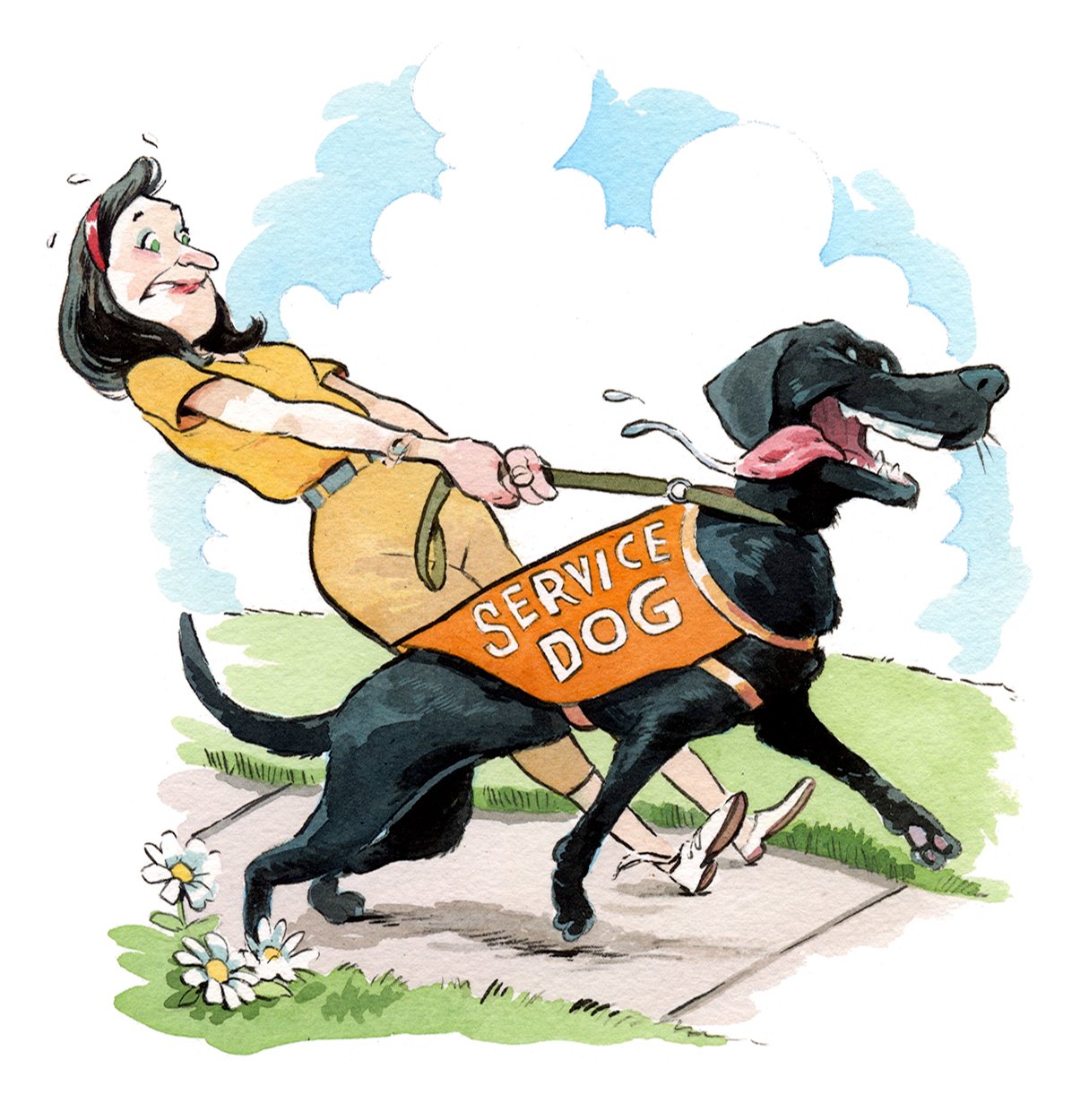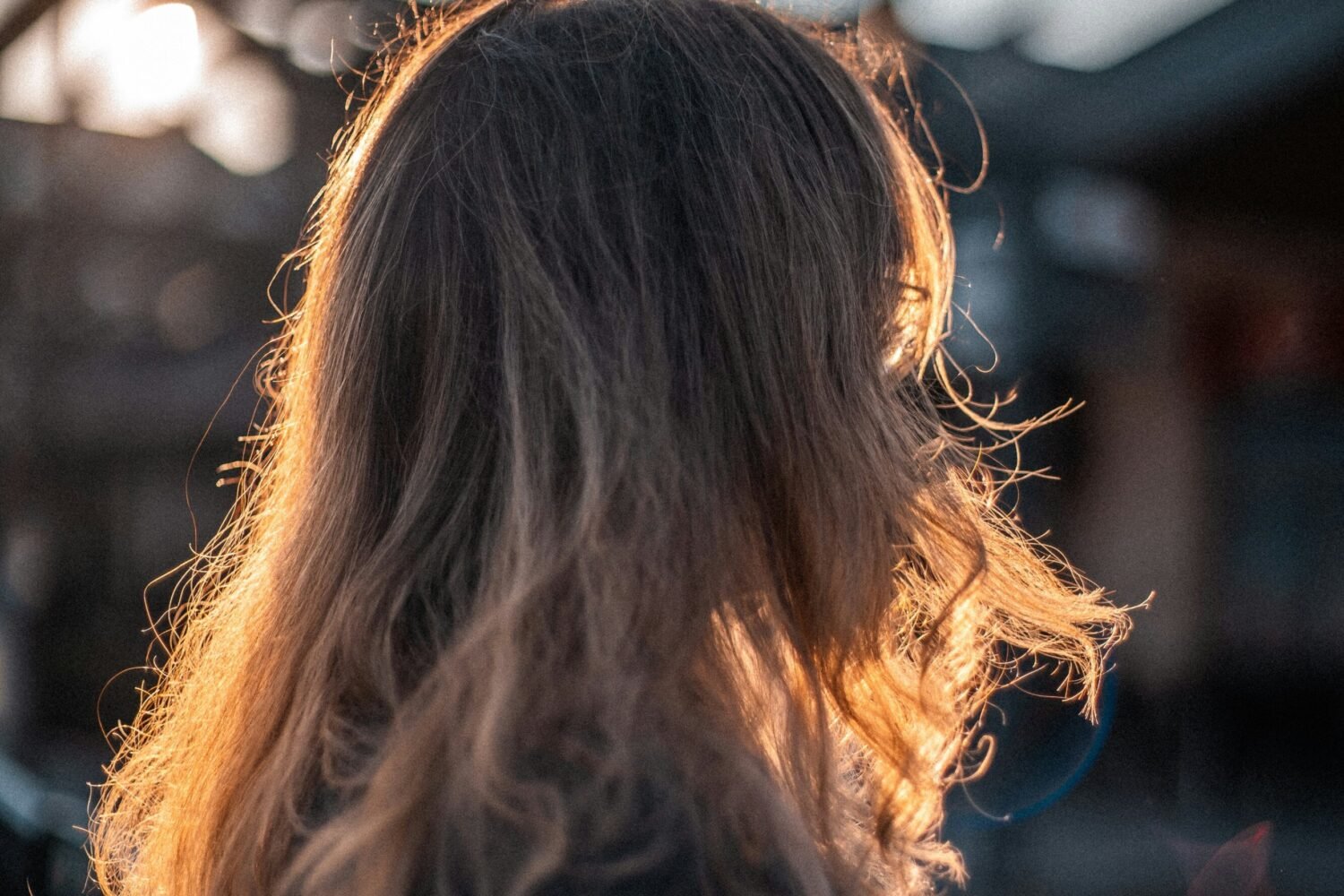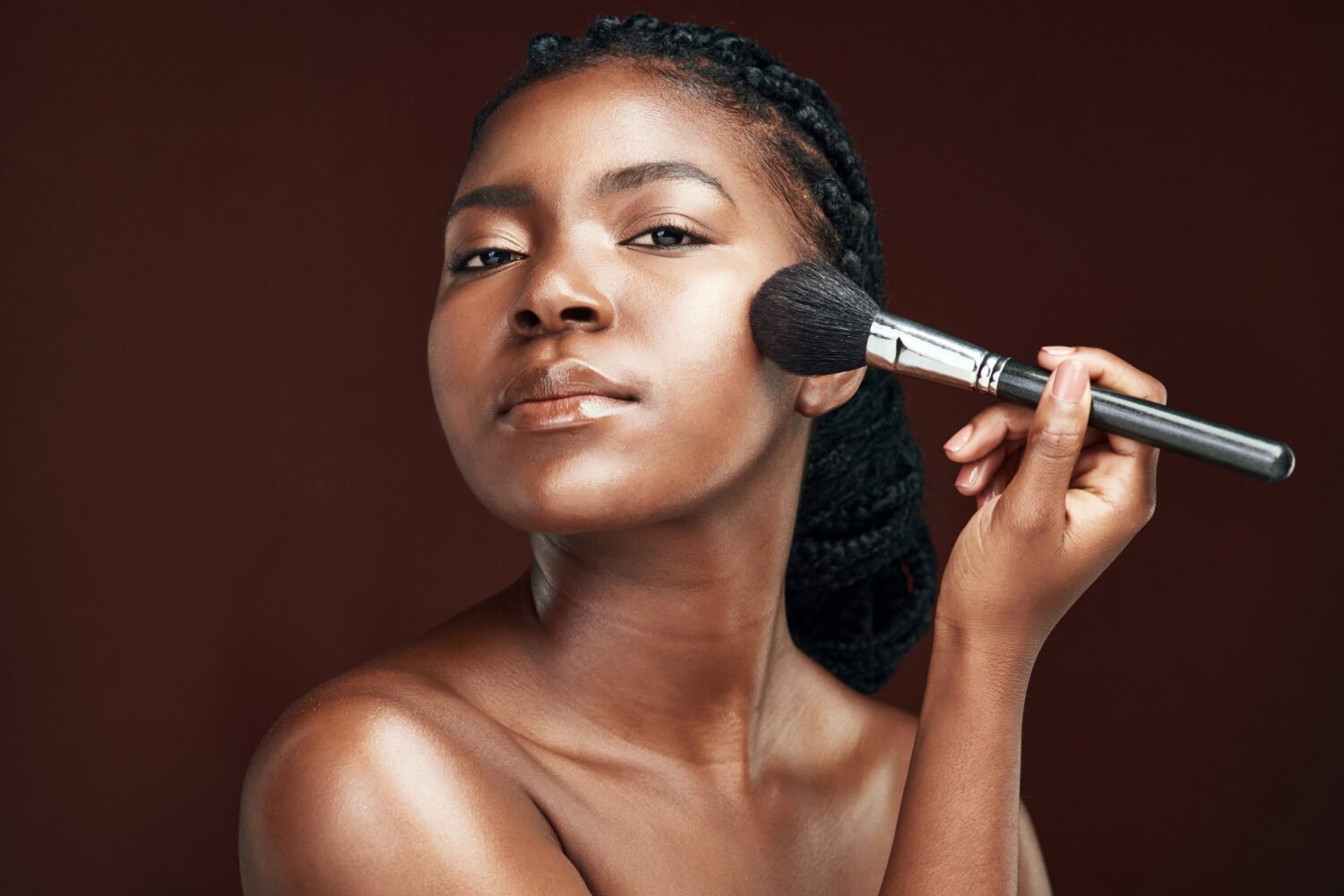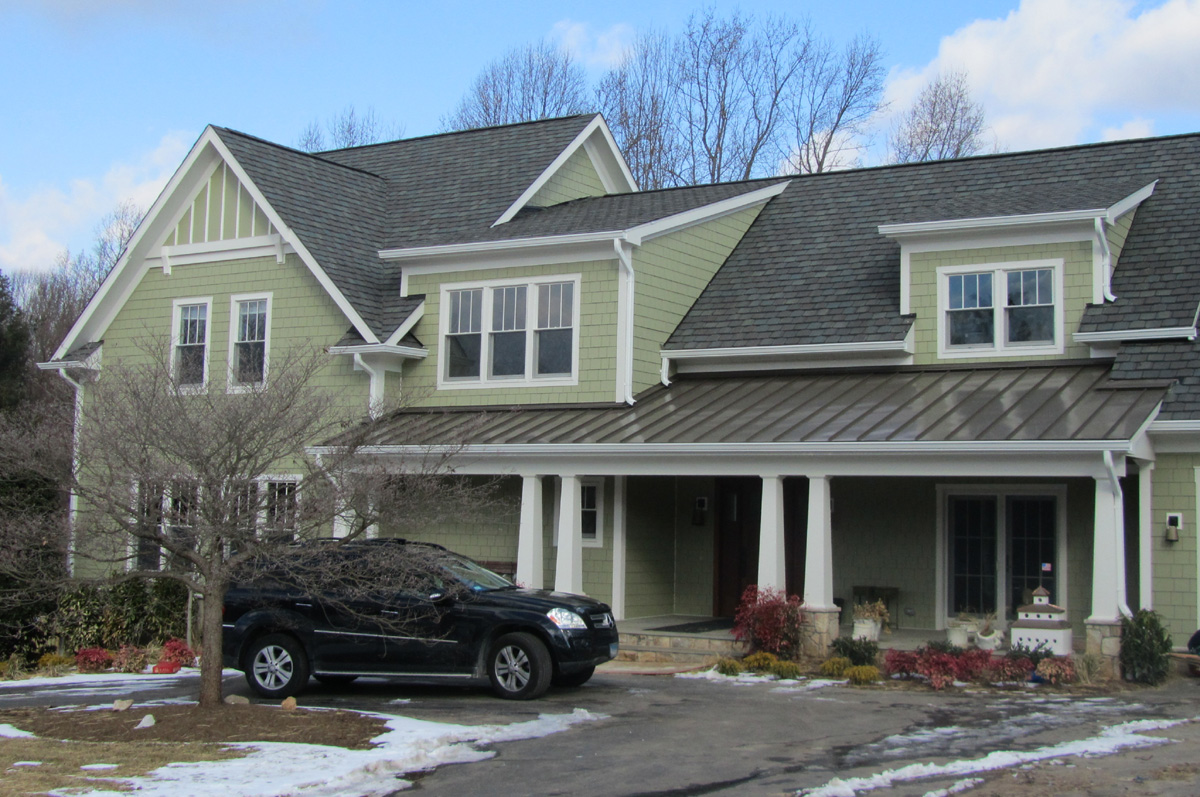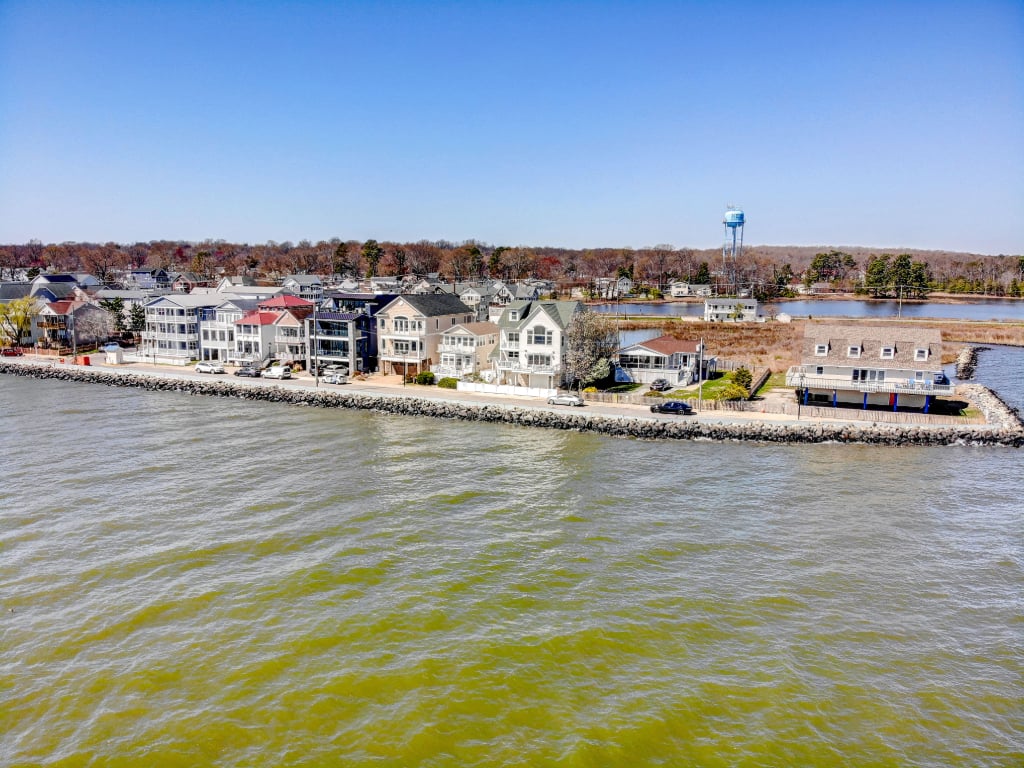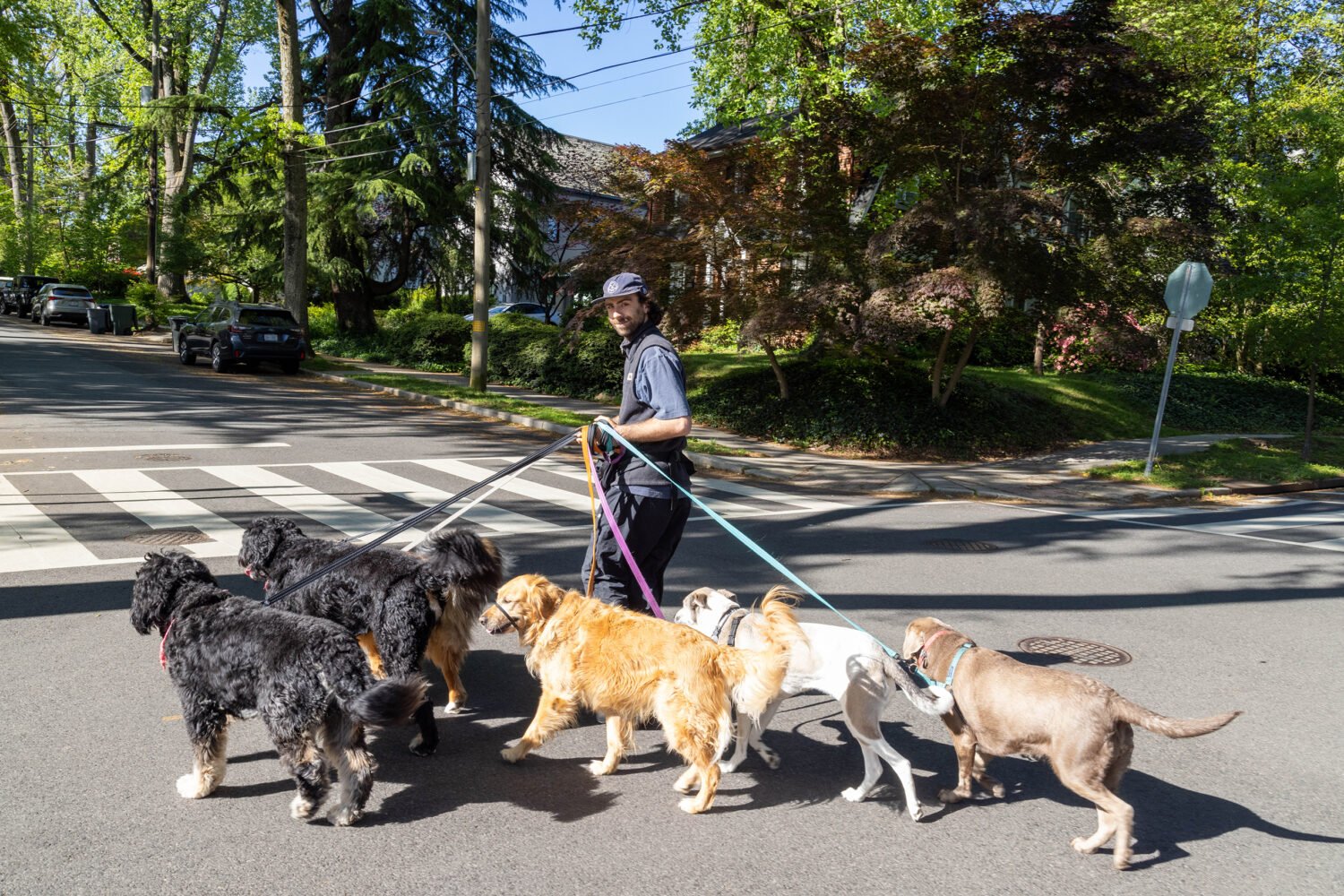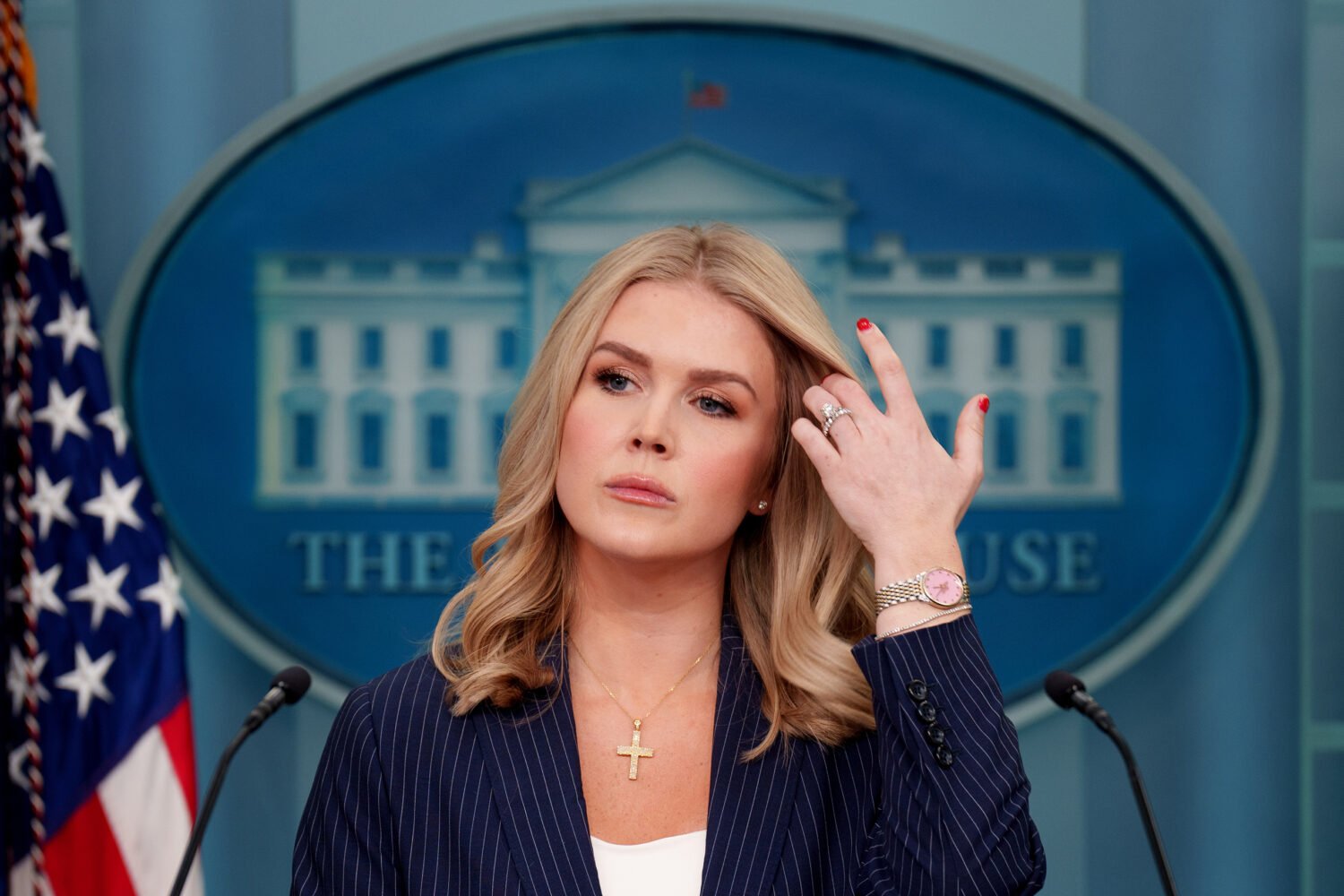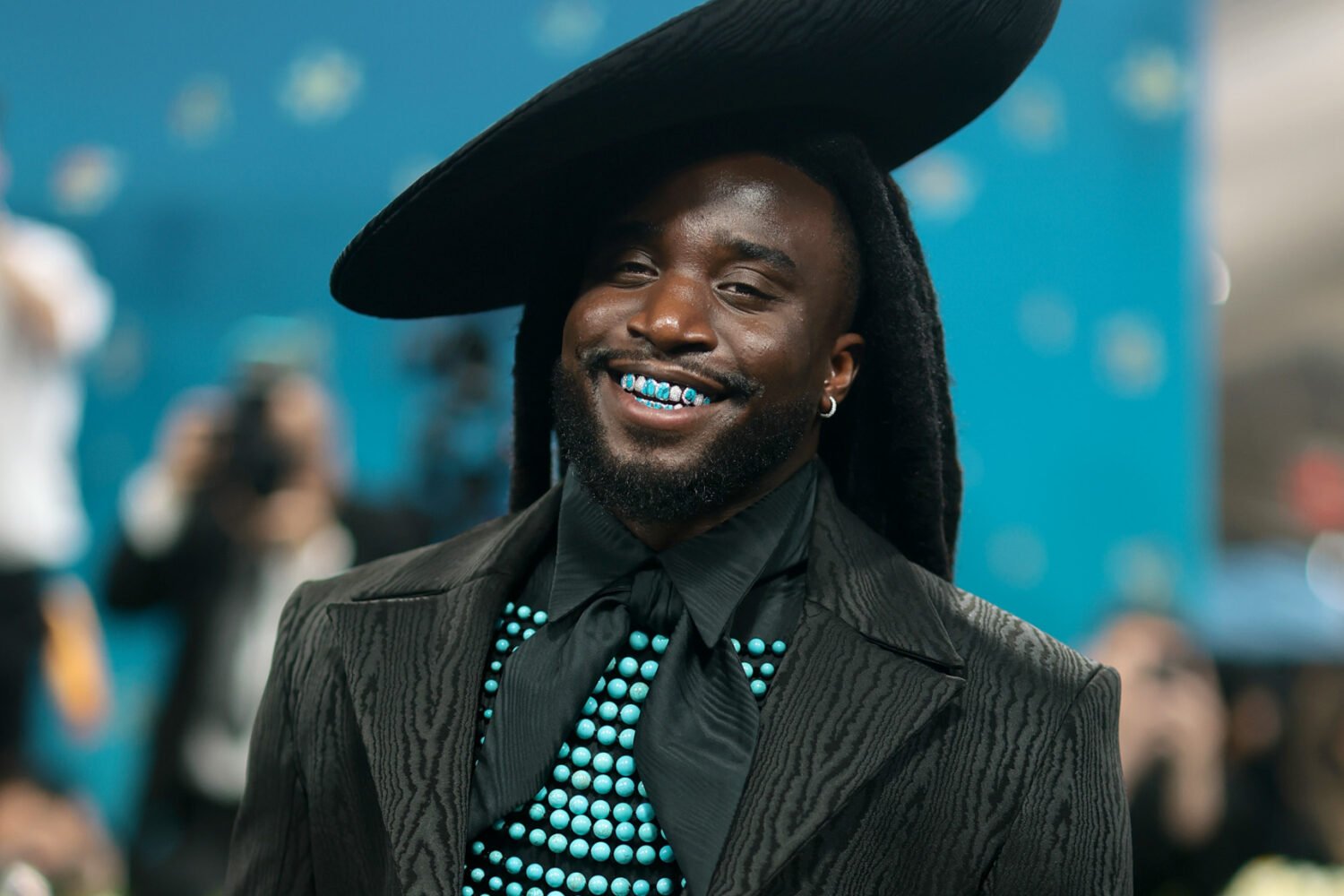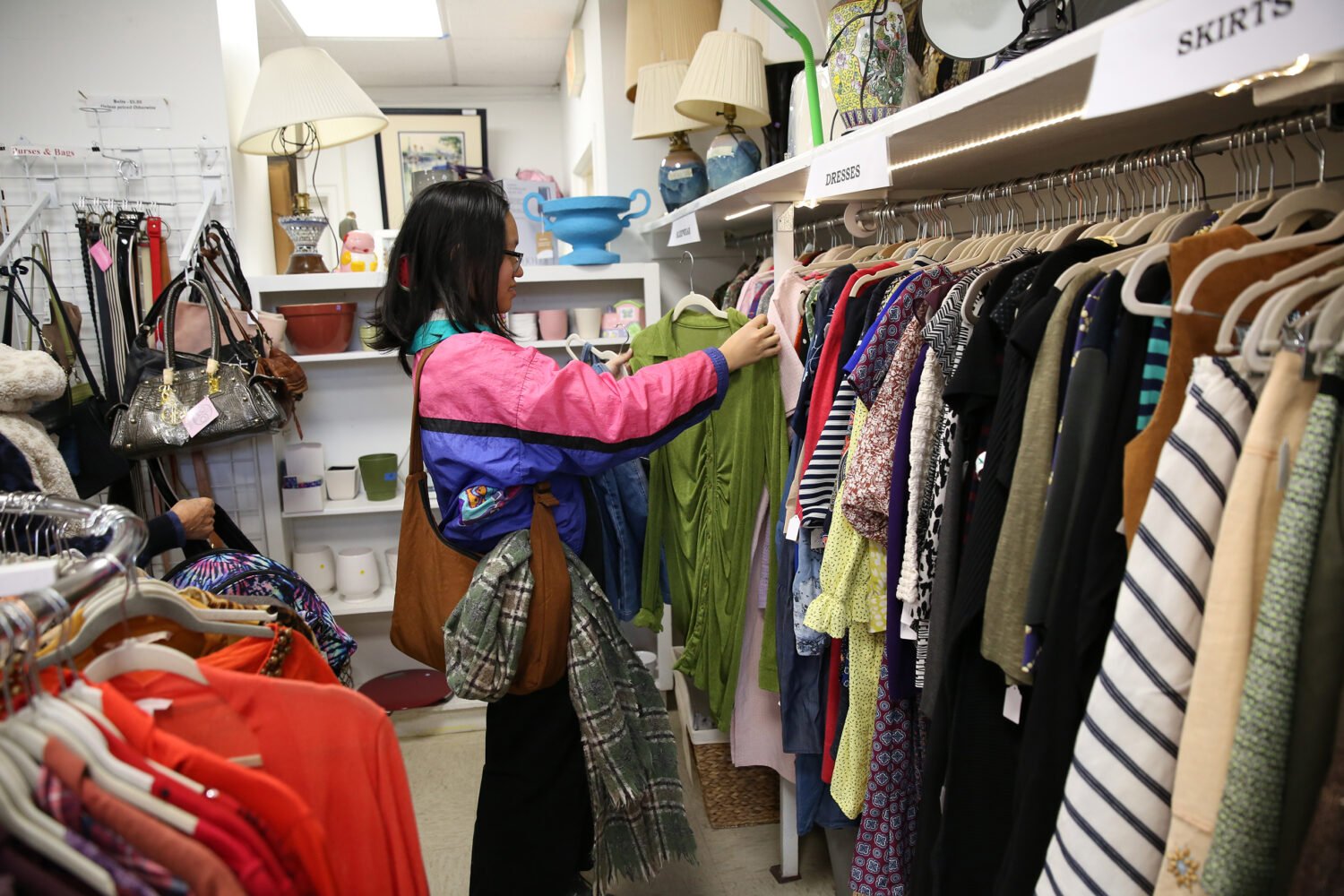Linus came into my life because of Isabella Rossellini.
During an interview for a freelance assignment, the actress talked to me about her life with dogs. I understood when she said she didn’t want her own anymore—losing them was too painful. Instead, she volunteered to help raise guide-dog puppies.
My own dog had recently died, and like Rossellini, I couldn’t imagine going through that again. So I applied to raise a puppy for Guiding Eyes for the Blind. By spring 2012, Linus—a leggy, five-month-old black Lab—was galumphing across my hardwood floors.
Linus duty involved teaching basic commands and good manners for about a year before he left for the guide-dog equivalent of graduate school. Veteran volunteers stressed the importance of introducing him to new experiences so he’d be confident in all settings. “One new thing every day,” they said.
At first, I cheerfully took Linus to places like the hardware store and the bank. But it soon became apparent he’d picked up some bad habits with his previous caretaker that made it hard to bring him anywhere. During our first weeks, he pulled me to the ground repeatedly. He barked for attention with such potency that it sounded as if he had a bullhorn. At times, we argued like angry spouses—me returning his bellows with yells.
He’s getting there, I told neighbors as they watched Linus drag me out of the house. But privately, I acknowledged that our relationship was deteriorating. Looking for insight, I called a friend who has his own guide dog. His response was predictable: My frustration was definitely affecting Linus’s training. I could barely get the dog around my block, let alone to experience “one new thing every day.” I had to disrupt the cycle.
Linus and I drove north, crossed the Canadian border, and visited friends at their lakeside cottage. It was here Linus swam for the first time, tearing through the water like a grinning black bear. He hiked. He ran. He sat in a kayak. Linus’s senses were spent, and he had barely a moment to bark. “One new thing every day” wasn’t just guide-dog propaganda—it was the magic tonic.
Back in Washington, we’d hardly unpacked the car before Linus got back to his bullhorn-style barking and leash-yanking. He was now eight months old, and the pulling had become more serious, aggravating existing disk problems in my neck. Among other things, the pain kept me from typing. When my mother proclaimed over lunch that I was in an “abusive relationship,” I could see that my days with Linus were numbered. A week later, he left to live with a more experienced volunteer in Raleigh, North Carolina.
As my neck healed, I returned to pre-Linus routines. I biked to the gym, pedaling around the same potholes. I went to neighborhood potlucks and chatted with shopkeepers about the weather. I was on autopilot. Then I heard a familiar refrain in my head: One new thing every day. Soon, it sounded like it was getting piped in through a bullhorn. I knew what to do.
I hit the road and headed toward Texas, where I’d set up several reporting assignments. Getting away from my keyboard would be good for my neck, and getting away from my comfort zone would be good for my sanity. On the way, I stopped to see Linus. He lived in a big house, full of people and dogs, with an enormous yard. He recognized me. He wagged his tail but didn’t bark.
In Texas, I waded in the Rio Grande, met an ant expert cycling cross-country, spent a day with a cowboy poet on his ranch, went swing dancing with a cop, and overnighted in a bubble-gum-pink trailer. When I left the state after a month, the barking in my head was long gone.
Linus eventually made his way to Texas, too. About a year later, I got an e-mail from a man named John. “I live in Austin,” he wrote. “I was paired with Linus, and I have found him to be an intelligent and hard-working dog. I greatly appreciate the work you have done.”
What John didn’t know was what Linus taught me.
Melanie D.G. Kaplan’s last Pets column, in September, featured her rescued beagle, Hamilton. She can be reached at melaniedgkaplan.com.
This article appears in our July 2015 issue of Washingtonian.

